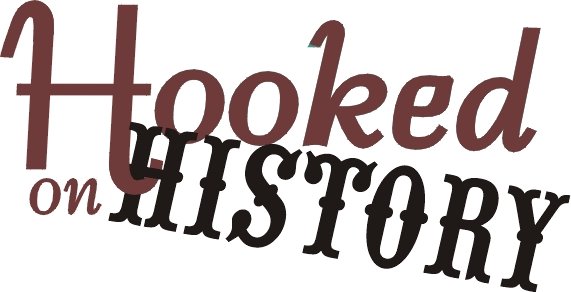The Michael C. Carlos Museum of Emory University presents "Scripture for the Eyes: Bible Illustration in Netherlandish Prints of the 16th Century," a collection of approximately 80 engravings and woodcuts by the foremost Dutch and Flemish masters of the 16th century, on view from Oct. 17, 2009 to Jan. 24, 2010.
The exhibition, featuring works by Lucas van Leyden, Maarten van Heemskerck, Dirck Volkertszoon Coornhert and Hieronymus Wierix, among others, explores the ways in which printed illustrations of biblical and other religious themes supplemented and magnified the texts they accompanied during a period of dramatic religious and political change.
Popular Function of Scripture
In the 16th-century region of the Netherlands, the translation of biblical texts into biblical images went hand-in-hand with the translation of scripture into the common language. Antwerp and Amsterdam became major centers where vernacular bibles and their woodcut and engraved illustrations were published.
The exhibition demonstrates how, as co-curator Walter Melion, Asa Griggs Candler Professor of Art History at Emory, points out, "pictorial images . . . offered a clarifying lens through which the word of God was received, pondered and interpreted" by a growing audience at the time of strife between Protestants and Roman Catholics.
In "Scripture for the Eyes," the images and their makers demonstrate the cultural, intellectual and religious ferment of the region that today encompasses the Netherlands and Belgium.
The southeast’s Consul General of the Kingdom of Netherlands, Lucita Moenir Alam, said, "We are delighted that the Carlos Museum has chosen this formidable exhibition showcasing the great artistic traditions of our nation. As the United States and the Netherlands celebrate the 400th anniversary of their special relations in New York, this exhibition Scripture for the Eyes chronicles an extraordinary time in our history when the convergence of art, commerce and culture created a dynamic and vibrant exchange of ideas and beliefs. I hope that the community and its guests, will enjoy this unique exhibition."
Exhibition highlights
Notable works include "The Return of the Prodigal Son" (c. 1510) by Lucas van Leyden, regarded as one of the greatest engravers in the history of art. The engraving dramatizes the New Testament parable of the Prodigal Son with the events of the story taking place within a richly detailed, panoramic landscape.
The central message of the parable, the father’s forgiveness of his repentant son, would have been clear to both Roman Catholics and Protestants. Each could, however, interpret the image in the light of their own beliefs, defining for themselves just who the Prodigal Son personified and exactly which sins were to be forgiven. Margaret Shufeldt, curator of works on paper at the Carlos Museum, notes that "Just as many images in themselves betrayed no particular sectarian bias, so the artists’ personal beliefs did not necessarily enter into their work."
In a series of six scenes from Hendrick Goltzius’ "Life of the Virgin," three of which are in the Scripture exhibition, the artist surrendered his own virtuosic engraving style to assume the styles of six earlier masters, signifying the multiple forms of beauty required to evoke the Virgin’s physical and spiritual perfection. In the case of "The Adoration of the Magi" (c. 1593-1594), Goltzius imitates the style of Lucas van Leyden.
The exhibition is organized according to function of the prints rather than the subject or chronology. For instance, in the section on meditative prayer or worship, prints explore the process of self-reformation through the imitation of Christ.
One interesting example of this is Hieronymus Wierix’s engraving of the "Circumcision Enframed by the Text of Psalm 6." The words of this penitential psalm are arranged in an elaborate looping pattern surrounding the central image of Christ’s circumcision, one of seven instances of his spilling his blood for the redemption of sinners. By reading the psalm, following the turnings of the scrolling text, a worshipper would enact the turning or conversion of the soul from sin.
Illustrations are on loan from 13 institutions including the British Museum, the Metropolitan Museum of Art, New York, Antwerp’s Plantin Museum and the Rijksmuseum in Amsterdam. Also included are key items from Emory University Libraries, including five rare volumes of the Antwerp Polyglot Bible—side-by-side translations of biblical text in several languages including Latin and Hebrew.
Educational events accompanying the exhibition will also examine how visual images affect religious worship and experience. "Scripture for the Eyes" was organized by the Museum of Biblical Art in New York City and curated by Walter S. Melion and James Clifton, director, Sarah Campbell Blaffer Foundation.
Support for the exhibition in Atlanta was made possible by Emory University, the Massey Charitable Trust, the Consulate General of the Kingdom of the Netherlands and the Consulate of the Kingdom of Belgium.
-----
www.fayettefrontpage.com
Fayette Front Page
www.georgiafrontpage.com
Georgia Front Page
www.artsacrossgeorgia.com
Arts Across Georgia


No comments:
Post a Comment